Sabrina Carpenter first emerged in 2014 as a child actress on the Disney Channel. From there, she signed with a record label, becoming yet another entertainer to take advantage of the tween-TV-to-music-charts pipeline (see Miley Cyrus, Ariana Grande, Selena Gomez et al). Ten years and five average albums later, she was known only to a few teenage girls, but over the last few months this has changed. The twenty-five-year-old is now everywhere: music videos, magazine covers, billboards, chat show sofas and, of course, Instagram and TikTok. If you’re under the age of thirty, you can’t escape Carpenter.
Hers is music that adopts the principles of the advertising ditty
Her newfound stardom can be partly explained by her role as the warm-up act on Taylor Swift’s international tour, but among my friends there are whispers of a more sinister scheme. A heated debate has broken out over whether Spotify’s autoplay feature has been feeding Carpenter’s hits to unwitting, even unwilling, ears. Many users have complained that — no matter their tastes — the streaming giant is queueing Carpenter’s songs when their own playlists end. The music industry has tried similar tactics before. A decade ago, Apple downloaded a U2 album onto every device they sold, regardless of whether users actually wanted to listen to it.
There have been reports, too, of Spotify creating fake artists, paying producers a day rate to create songs that were then added to their wildly popular playlists. That way, the platform wouldn’t have to pay royalties. Interestingly, artists are not paid per play. Instead, profits are determined by their proportion of total streams. That means that even if an artist manages to increase the number of streams they get, they won’t necessarily receive more money. Instead, they have to outperform other musicians on the app. It’s an ingenious way for Spotify to keep more of its subscriber revenue. When it comes to mega stars like Carpenter, however, a cycle develops: if Spotify keeps pushing her, she earns her label more money, climbs further up the charts, and is promoted more voraciously. Oh, and of course Spotify is now promoting concerts through their app, which means the platform can take a cut of the inevitable ticket sales.
Still, there is something about Carpenter in particular that seems to invite conspiracy. Many crazed listeners have accused the former C-lister of being an industry plant. Historically, the term has been used to jab artists who present themselves as hard grafters while concealing the real roots of their success, namely that their image has been carefully manufactured by their management or a famous family member. In Carpenter’s case, there’s an easy case to make: her aunt is actress Nancy Cartwright, the voice of Bart Simpson. And it’s true that very often the only difference between those who make it and those who don’t is their marketing budget.
In the 1940s, two Marxist theorists, Adorno and Horkheimer, argued that popular culture had become an industry, subject to the same conveyor belt production methods that factories were using. Popular media is now standardized so that, for example, films follow the same three-act pattern: set-up, confrontation, resolution. That’s a process that has only accelerated by the internet. In the last thirty years, Silicon Valley has embraced what the writer Evgeny Morozov refers to as “solutionism,” the idea that all problems can be solved by the optimization of technology. For companies like Spotify, their main problem is listeners pulling off their headphones. The solution is songs like Carpenter’s “Espresso,” which uses a repetitive three-chord progression, a simple melody with a narrow range of notes and the continual use of an easily singable hook: “Es-press-so.”
Hers is music that adopts the principles of the advertising ditty. There’s nothing complex in artists like Carpenter, only dopamine-hacking jingles that play on our anticipation-reward systems. Success is concentrated among those who know this formula. If you don’t get with the program, you don’t get signed, and you don’t get the investment and industry connections that mean you’re pumped by the likes of Spotify. As Adorno and Horkheimer put it, “culture today is infecting everything with sameness.”
The problem with algorithmically-selected art is how algorithms work in the first place. They’re predictive, which means that they work on the basis of what has gone before. This cycle promotes the same content, creating that homogenization. This might explain why Dua Lipa is now getting parts in Hollywood blockbusters, despite an obvious lack of talent, or why social media influencers have replaced journalists as interviewers on red carpets. It’s why the movie industry is only willing to produce remakes and sequels and it’s why artists like Sabrina Carpenter, a musician who writes forgettable, sugar-rush tunes, finds success. Carpenter isn’t an industry plant, she’s something much worse: an artist who only knows how to do one thing.
This article was originally published on The Spectator’s UK website.



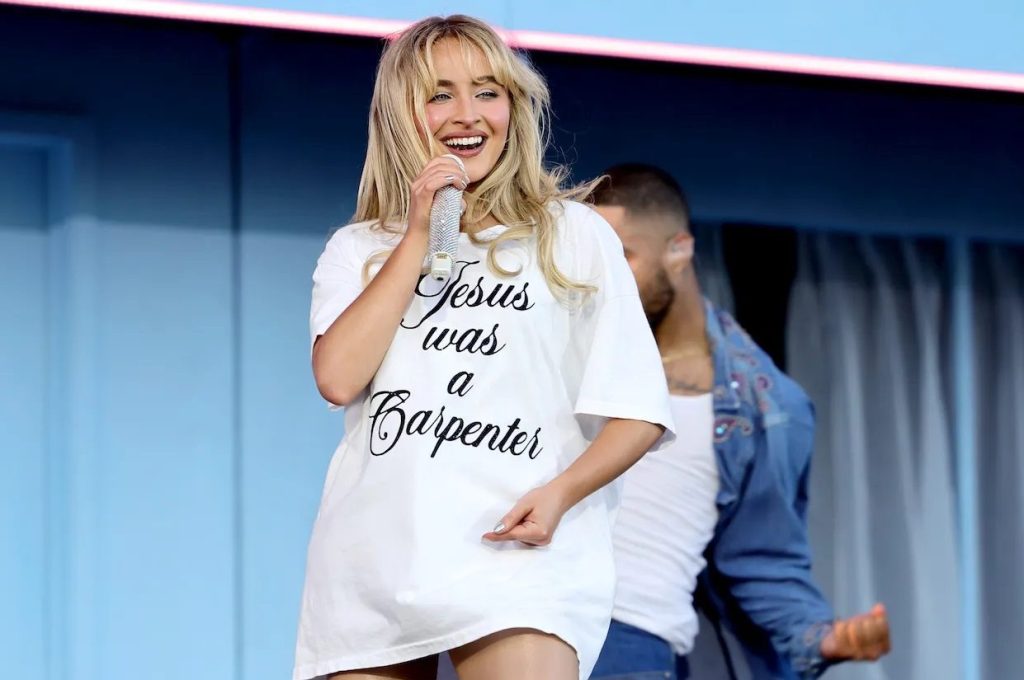







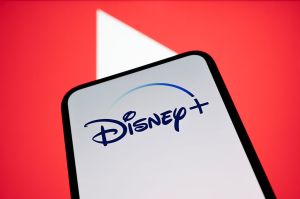

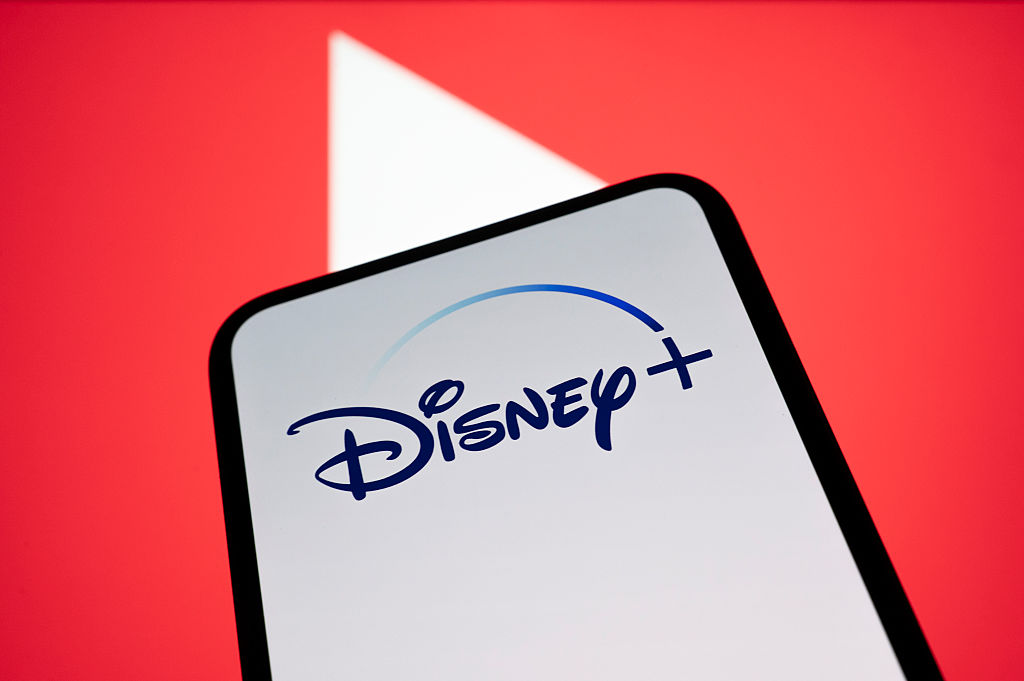
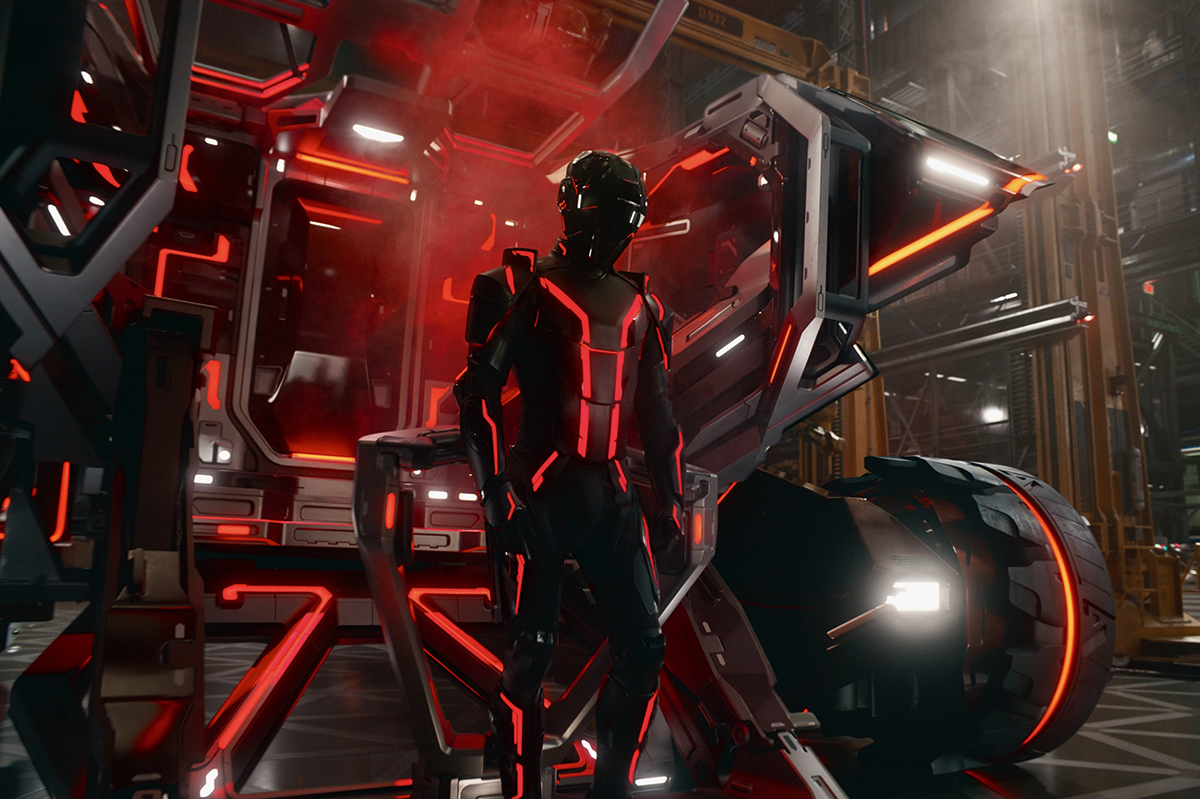

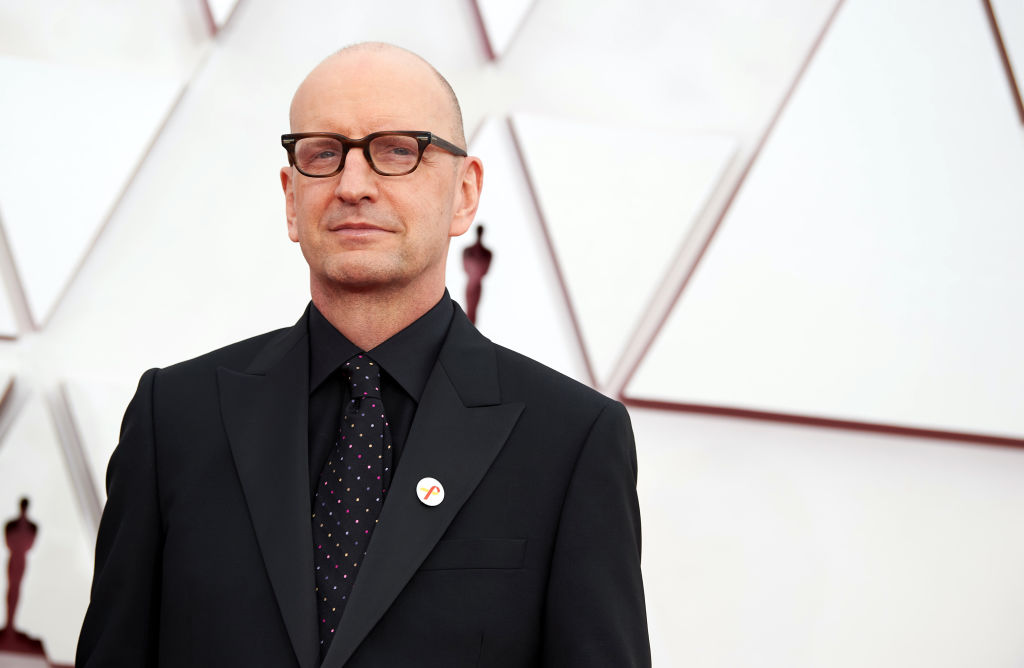
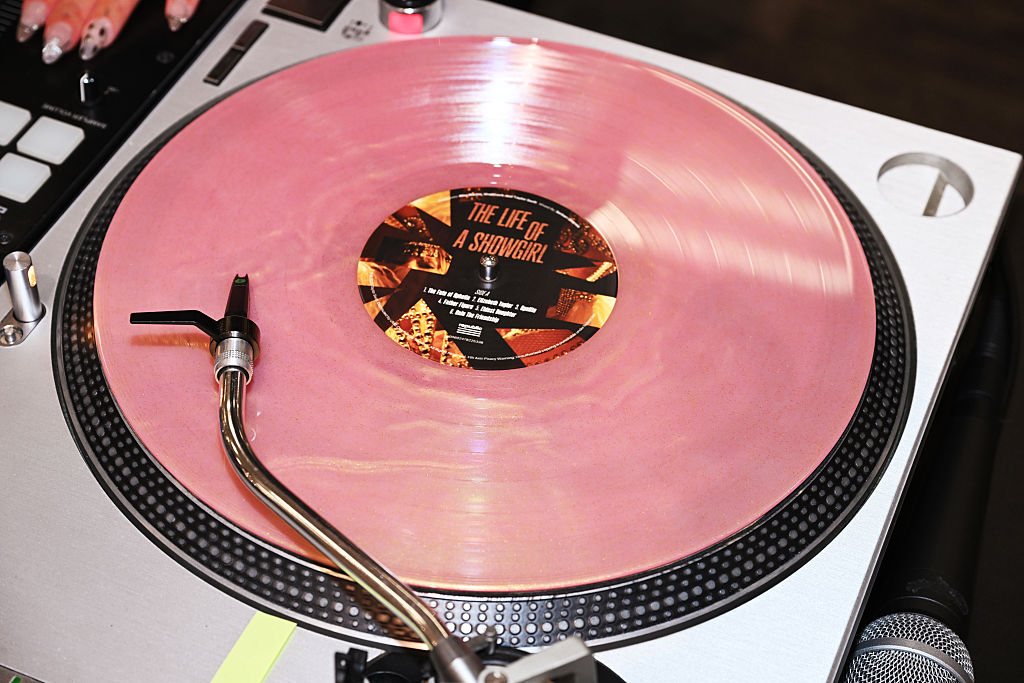
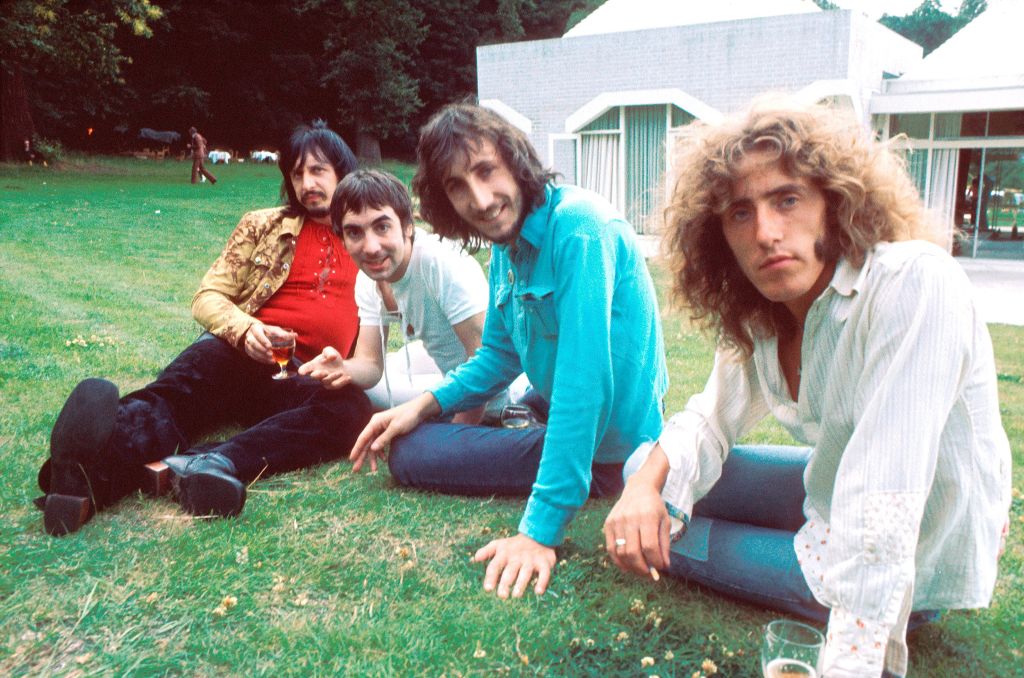







Leave a Reply